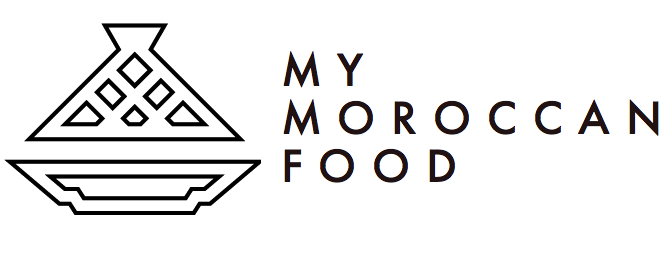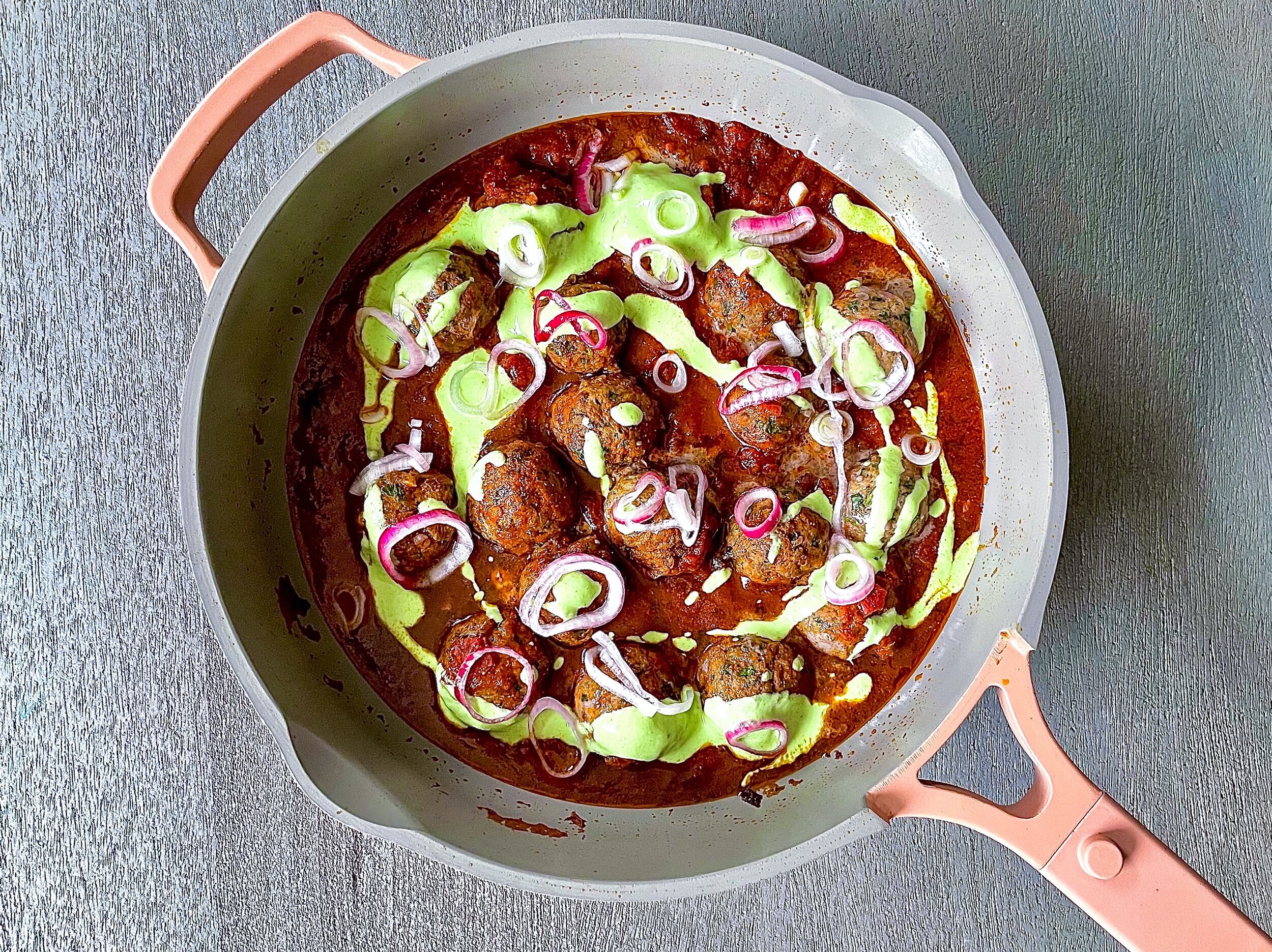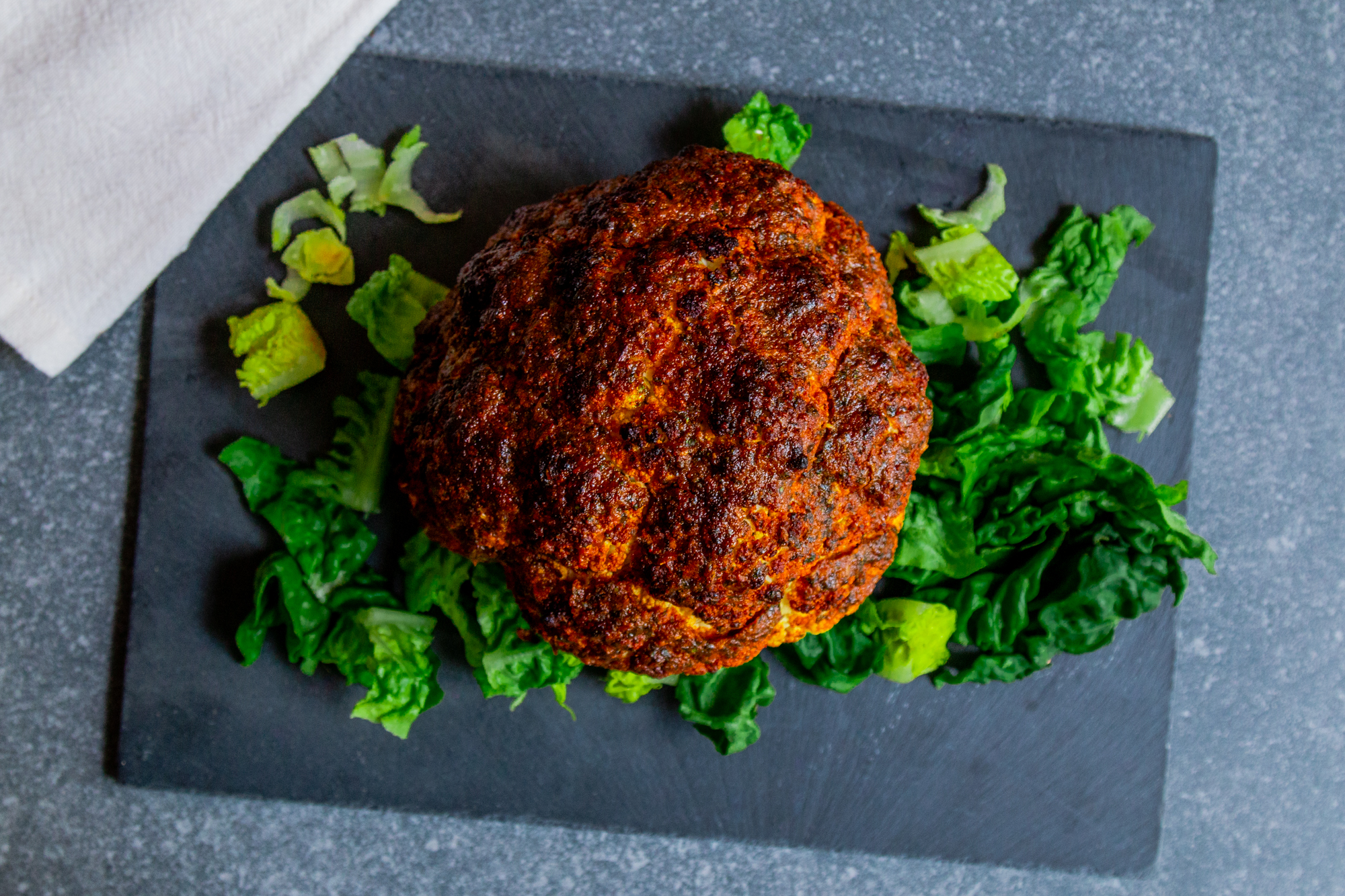Introduction to the Tagine Pot
/Moroccan cuisine is famous for it’s delicious stews; the legendary tagines. But what do we mean by tagine, the pot or the dish? What is actually a tagine and how does it work? Is it important to use a traditional tagine pot to make a Moroccan tagine? What’s the difference between a Dutch oven and a tagine pot?
Let's find out!
Also, last time I was in Morocco, I went to a tagine factory, Al Amal Poterie in Rabat, and took lots of pictures. It’s finally time to share them with you!
THE TAGINE POT
A tagine is a conical earthenware pot and the dish prepared in the tagine pot shares the same name as it’s cooking vessel. So tagine is a dish and also a cooking pot. Historically, the nomads in North Africa used the tagine pot as a “portable oven”, allowing them to prepare food at anytime while moving around.
The base of the tagine is wide and shallow; its cover has a conical shape and creates a seal on the base. Together, the two pieces make a kind of clay oven that was traditionally placed on an open fire for cooking.
While the food is being cooked, steam rises into the cone, condenses and then falls back down into the dish. This cooking method is similar to all the dutch ovens’ method (also known as casserole, french oven and cocotte.), it allows to naturally and continuously baste the dish and to keep the ingredients moist and the meat buttery.
The tagines were traditionally made of earthenware and were not glazed. Nowadays, tagines are made of different types of materials, glazed and elegantly decorated.
If you wish to purchase a tagine, you have to decide whether you want to use it for serving food or cooking. The ones designed for serving food are often beautifully decorated but cannot to be exposed to heat.
TAGINE POT VS DUTCH OVEN
Earthenware and unglazed tagine pots have an incredible capacity to simmer the food, allowing all the natural and genuine flavours of the ingredients to be tastefully released, producing an aromatic and tender stew. According to some writers, earthenware reveals the "gout du terroir", which means a "taste of the earth" in French.
In my opinion, this is the main difference between an earthenware/unglazed tagine pot and a Dutch oven. The tagines cooked in an earthenware/unglazed pot will have that special "taste of the earth". However, it doesn’t mean that the tagine cooked in a Dutch oven (or a regular pan) won’t taste as good. On the other hand, I think that there is almost no difference between other types of tagine pots (made of different materials than earthenware or glazed) and a Dutch oven. So if you want to purchase a tagine pot for cooking I recommend choosing an earthenware and unglazed one.
USING YOUR TAGINE POT AT HOME
Traditionally, tagines were placed on an open fire or a bed of charcoal at a very low heat. Nowadays, it would be hard to reproduce the same conditions on a daily basis. So, to use your tagine pot at home, on a gas or electric hob, use a heat diffuser and start at a very low temperature, then slowly raise the heat as necessary. This will allow your earthenware pot to not crack if exposed to a thermal shock. Therefore, when the tagine is cooked and ready to be served, don’t place the pot on a cold surface (such as marble or a granite worktop) as it might create a thermal shock, but rather place it on a wooden board to avoid cracking.
Earthenware unglazed and glazed pots should be seasoned before use to prevent them from cracking or to remove an unpleasant clay taste if unglazed. Season your tagine according to the manufacturer's directions.
To sum up, you can use your earthenware tagine pot at home, as longs as:
Your cooking pot is not designed for serving food
You seasoned your pot before use
You use a heat diffuser during the cooking process on electric or gas hob
You start cooking your tagine at a very low heat
Another great and more contemporary alternative to prepare tagines is flameware. Flameware is a flameproof ceramic cookware that doesn’t require seasoning and that is not sensitive to heat. It is made of a kind of stoneware that contains mineral elements that prevent the vessels from increasing and contracting with rapid changes of temperature which allows to avoid cracking. You can find flameware pots in the shape of tagines as well as in the shape of regular pans and Dutch ovens.
So is it worth using a traditional tagine pot? Your choice! I personally use a Dutch oven or a regular pan most of the time to cook my tagines.





















